Mexican College Puts Up Wooden Wall at Graduation Party to Separate Paying Attendees from Those Who Didn’t Pay

Mexico has decried President Donald Trump’s intention of building a wall across the US-Mexico border to keep illegal immigrants out, but one Mexican college recently used that exact same tactic at a graduation party, erecting a high wooden wall to separate students and relatives that had paid to attend, from those who hadn’t. Photos of the […]
Mexican Man Tells Wife He’s Going Out to Buy Cigarettes, Flies to Russia for Football Match
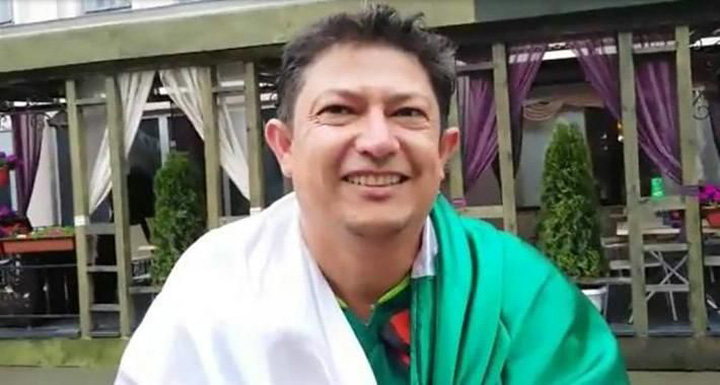
In what many are calling the lie of the century, a die-hard football fan from Puebla, Mexico, told his wife that he was stepping out to buy a pack of cigarettes, but ended up boarding a plane to Germany, and then driving to Russia, to see his national football team play in the Confederations Cup. […]
In Mexico, Ice Cream Sandwiches Are Actual Sandwiches

When they hear the phrase “ice cream sandwich”, most people think about creamy ice-cream squeezed between two waffers or cookies, but in Mexico, it can mean a regular bun stuffed with scoops of ice-cream. Street vendors in various parts of Mexico have been selling “tortas de nieve” for a few years now, but they’re once […]
Mexican Woman Wearing Long Skirt and Rubber Sandals Wins 50 Km Ultramarathon

People usually train for years and invest in professional running gear just to be able to complete an ultramarathon, but María Lorena Ramírez, a native Rarámuri woman from Mexico who had not have any professional training or even basic gear, not only managed to finish a 50 km race, but actually win it. And she […]
Young Mexican Artist Creates Stunning Ball-Point Pen Drawings

Most artists take decades to master their tools, but at 23 years of age, Alfredo Chamal is already one of the world’s best ball-point pen artists in the world. He specializes in hyper-realistic drawings that look like artistic photographs from afar. It’s only when the viewer approaches the artwork to take a closer look that he […]
Aragog – The Mexican Cocktail Made with Tarantula Venom
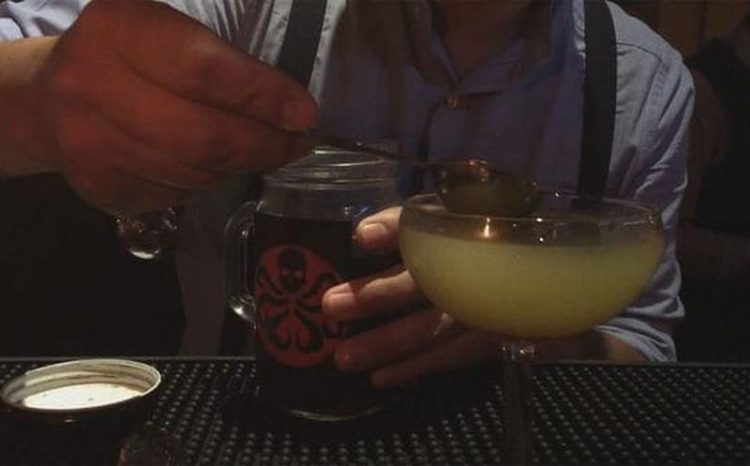
Named in honor of the giant spider from the Harry Potter books, Aragog is an unusual cocktail made with a drop of tarantula venom, which numbs the tongue, tickles your lips and causes a sensation “between tingling and cramping” in the throat. Aragog was created two years ago, by Romeo Palomares, chief mixologist at the Luciferina Bar, in […]
Mexican Ice-Cream Shop Makes Frozen Treats for Dogs

Summer is just around the corner and, as we all know, there’s no better way too cool off on a hot day than with a creamy ice cream. Apparently, the same goes for dogs, but feeding them regular ice-cream can cause serious health problems, so one ice-cream maker in Mexico City asked veterinarians for help […]
Thousands Attend Mexican Girl’s Birthday Party After Online Invitation Accidentally Went Viral
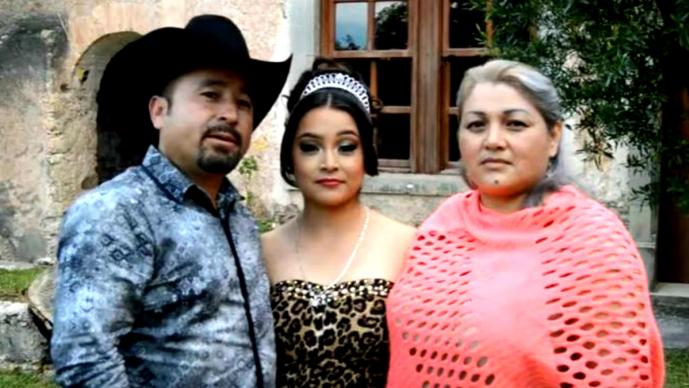
Rubi Ibarra García, a 15-year-old girl from the small Mexican village of La Joya had arguably the highest attended quinceañera party in history, after thousands of people from all over Mexico, and even the U.S. turned up for the big event on December 26. It all started earlier this month, when Rubi’s father, Crescencio, posted a video on Facebook […]
Fed Up with Abductions, Mexican Townsfolk Kidnap Gang Boss’ Mother
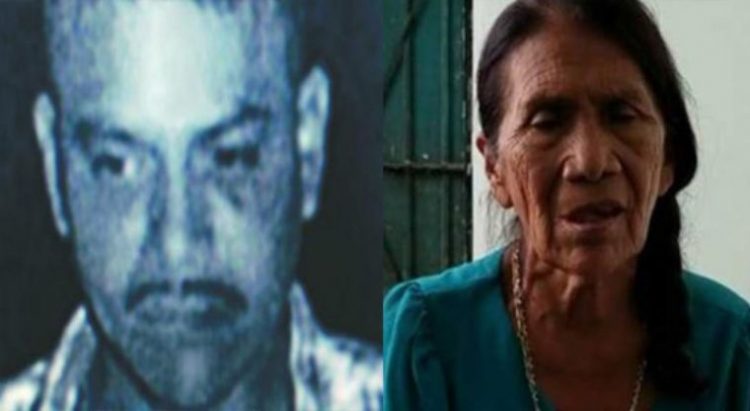
After seeing many of their loved ones kidnapped by a ruthless drug cartel, the people of Totolapan, a small town in Mexico’s Guerrero state decided it was time to fight fire with fire, so they kidnapped the drug boss’ mother. For years, Totolapan has been under the control of a gang known as “Los Tequillero”, led […]
The Mansion-Like Mausoleums of Mexico’s Drug Lords
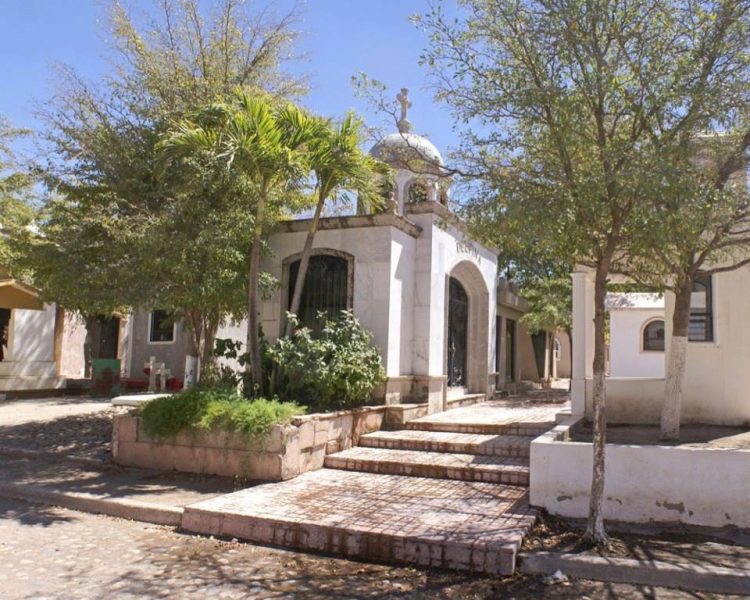
From the outside, the Jardines del Humaya Cemetery, in Culiacan, Mexico’s Sinaloa state, looks pretty ordinary, but the deeper you go, the more you get the impression that the place is actually a rich suburb full of over-the-top mansions. These are actually the world-famous mausoleums of some of the most ruthless “narcos” in Mexico. They […]
The Mexican Town That Threw Out Criminals, Politicians and Police

Five years ago, the people of Cherán, a small town in Mexico’s Michoacan state, made international headlines for taking up up arms against the powerful drug gangs threatening their livelihood, driving off local politicians and police in the process. Today, the self-governed settlement is a beacon of hope for many other Mexican communities. The inspiring story […]
The Iguana Whisperer – Mexican Man Spends 40 Years Setting Up Unique Sanctuary for Iguanas
For the past 40 years, Ramon Archundia, has dedicated his life to the preservation of Mexico’s endangered iguanas. His magical ‘iguanario’, a reptile sanctuary in the center of Manzanillo city, is now home to 642 iguanas, as well as other wild animal species. The story of Iguanario Archundia began over four decades ago. Sickened by the plight of iguanas at […]
Mexican Farmers Fight Drought with Solid Rain

You may not of heard of it before, but Solid Rain has been helping Mexican farmers fights severe droughts for over a decade. The miracle powder is actually a super absorbent polymer that can soak up water up to 500 times its original size and keep it in the ground for up to a year. […]
Spiderman Got a Job as a College Professor in Mexico
When he’s not too busy fighting crime and battling super-villains in New York, Spiderman teaches computer science at the National Autonomous University of Mexico, in Ciudad de Mexico. It all started in 2002, when the blockbuster movie Spider-Man, featuring Tobey Maguire, started screening in Mexico. 12-year-old Moises Vazquez Reyes instantly fell in love with the Marvel superhero […]
15-Year-Old May Have Just Discovered a Lost Mayan City in the Mexican Jungle
The world’s most brilliant minds might have missed it, but this 15-year-old Canadian kid has managed to accurately locate a previously unknown ancient Mayan city, hidden deep in the Yucatan jungle of southeastern Mexico, without having to leave his house. William Gadoury, a high-school student from Quebec, has now named his discovery ‘K’aak Chi’, which […]
